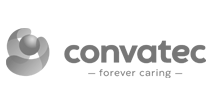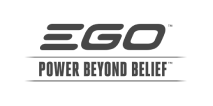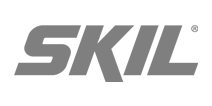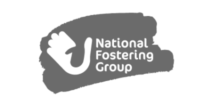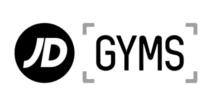
Is your custom technology holding you back?
Despite the years I have been working in digital, both client and agency side, I am still surprised by the number of clients who believe their requirements are so bespoke they’re impossible to change or even work with.
In a nutshell, there hasn’t been an instance where we haven’t been able to work with those requirements and improve business efficiency as a result.
Misconceptions about (and the risks of) bespoke web development
For example: a client says they have had an agency build something bespoke that was “required” to serve a need.
In reality however, what usually happens is that this bespoke element goes on to define how that customer runs this part of their business. Other, often more bespoke, processes and systems are created off the back of it; rather than a system being built for a process, a process is built for a system.
The tail is wagging the dog.
This becomes entrenched within the business, seen as something that needs to be “protected at all costs”, “it can’t change”. Often, this only gets worse if successive people take over the running of that system on the customer’s side – the misplaced fear passed on.
Occasionally, someone may come in and try to change it and, more often than not, this doesn’t work out the way anyone envisaged. Why? Because it is looked at from a technology perspective only. The customer ends up right back where they started, only now they have an even more protective view of the system.
The business becomes a slave to this element and that, inevitably, causes problems. Not least because technology does not stand still, it moves forward, and fast. So, as technology races along, and customers are reluctant to change this bespoke element, it becomes a larger and larger issue.
Perhaps the technology stack it uses is now out of date, no longer supported, no longer receiving security updates. Perhaps the CMS it was intended to be used on has an upgrade and is now incompatible.
How to change the ‘impossible’ to the ‘possible’
Whatever the reason, the change never happens as the memories of the attempted transition are never too far away. The reality, I’m pleased to say, is very different.
As an example, we recently had someone come to us with a website that was running a no longer supported CMS and which sat on a no longer supported technology stack. On top of this sat a completely custom module that we were told would bring the business to its knees if it could not be re-integrated into our plans.
We play nicely with other agencies, so we were happy to spend time with the client’s previous agency to understand what this module was, why it was built and get to the root of the issue.
Our team also spent time with the customer, doing much the same thing, but from a business perspective:
- What did this module actually do for them?
- What part did it have to play in the ultimate goal of reaching more customers, converting them to buyers and scaling the business?
Before the discovery sessions: this was a big and scary module of mythical proportions, which had some running for the hills and had logged a failed attempt at an upgrade
After the discovery sessions: it transpired to be a solvable solution when it was approached from a business perspective, rather than a technology one.
Takeaways
By solving the business issue, by ensuring the business need was met, we were able to replicate what the custom module did and provide a whole host of additional functionality to the web development.
Alongside this, the new systems provided the business with a plethora of additional features that they would never had had access to previously with a custom built solution. It has allowed them to simplify their processes, creating efficiency savings too.
The client was able to utilise this additional functionality to reach more customers, convert them to buyers and scale their business, all using available technology that integrates together.
Mark is Operations Manager at Door4.
Photo by Miguel Á. Padriñán from Pexels
-
 14.04.2020|Schema (structured markup) lights the way for Google bots at the confluence of creative content and technical SEO. Here’s how to max it for SERPs and traffic.
14.04.2020|Schema (structured markup) lights the way for Google bots at the confluence of creative content and technical SEO. Here’s how to max it for SERPs and traffic.
We have a lot to talk about.
ScrapbookDoor4 opinions and insight - our articles features and ramblings.
We explore performance marketing, AI, communications and optimisation.



